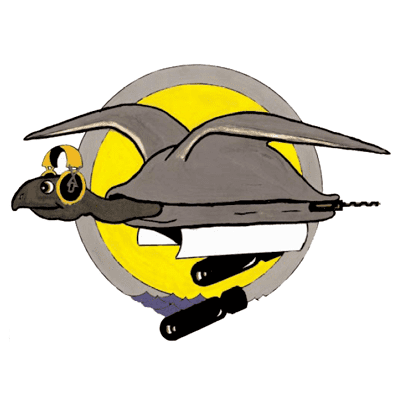 | ||
Active 15 January 1944 - 23 November 1945 Country United States of America | ||
VPB-18 was a Patrol Bombing Squadron of the U.S. Navy, flying the PBM-3D Mariner. The squadron was established as Patrol Squadron 18 (VP-18) on 15 January 1944 and redesignated as VPB-18 on 1 October 1944. It was disestablished on 23 November 1945. The squadron had a distinguished combat history in the Pacific War.
Contents
Operational history
Home port assignments
The squadron was assigned to these home ports, effective on the dates shown:
References
VPB-18 Wikipedia(Text) CC BY-SA
